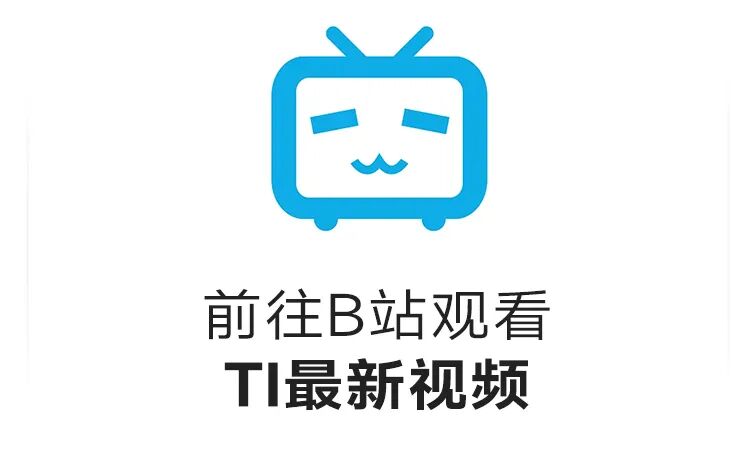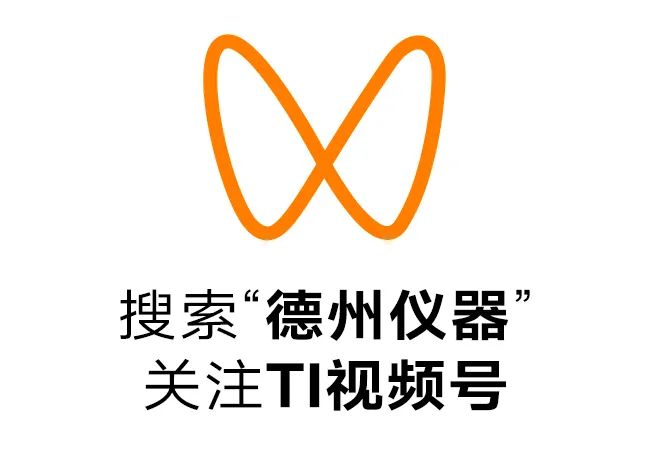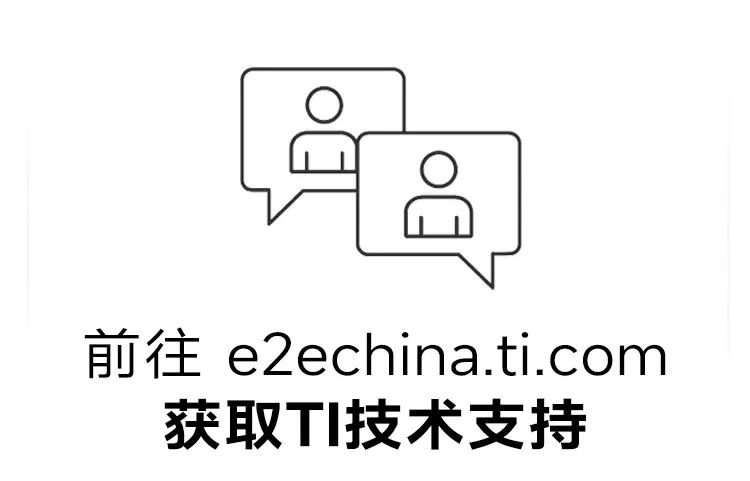Click the blue text above
Follow us!

Recently, Shiying, the Technical Support Director of Texas Instruments China attended a roundtable forum at Electronic Products World (EEPW), where he comprehensively and from multiple angles introduced Texas Instruments’ MCU product line, focusing on how MCUs can build core competitive advantages and the MCU software and hardware ecosystem.

In March of this year, Texas Instruments also launched a scalable Arm® Cortex®-M0+ MCU product series, featuring rich computing, pin configurations, memory, and integrated analog options, further expanding Texas Instruments’ extensive portfolio of analog and embedded processing semiconductor products.
What is the future development direction of 32-bit MCUs? How can the differentiation of MCUs be reflected? What technical challenges still need to be addressed? Scroll down to hear Mr. Shiying’s insights.
1
Please introduce Texas Instruments’ embedded product portfolio.
Shiying: Texas Instruments has a rich embedded product portfolio, ranging from the simplest and smallest Arm® Cortex®-M0+ core MCUs, to 16-bit MSP430, to wireless connected SoC MCUs, and to C2000™ real-time control systems, meeting various customer needs. Our embedded products also integrate many AI features, including high-end multicore heterogeneous processors suitable for machine vision and automated and assisted driving systems, among many other embedded products.
2
Currently, the prices of MCUs are gradually stabilizing, and the prices of 32-bit MCUs are also decreasing. What do you think about the future development focus of 32-bit MCUs? In particular, will the replacement of 8-bit MCUs by 32-bit MCUs become a particularly obvious trend in the next year or two?
Shiying: The advantage of 32-bit MCUs is that they can provide higher performance per microamp or milliamp to handle more complex tasks. However, there is no substitution relationship between 32-bit MCUs and 8-bit MCUs. The challenge for engineers is to find the product that best fits their application, considering many factors such as performance, peripheral integration, and price; the bit width of the core is not that important.
Therefore, Texas Instruments’ embedded product layout is very broad, ranging from small general-purpose microcontrollers at 24MHz to MCUs with CPUs above 1GHz, and we also offer dual-core and quad-core product combinations to facilitate engineers in selecting the most suitable products for their application designs.
3
We see that Arm-based MCUs are becoming increasingly common, but this brings about a problem of increasing homogenization in MCU product competition. What is your view on the issue of MCU homogenization, and how should MCU products reflect differentiation?
Shiying: Although MCUs appear to be quite homogeneous, different application markets and terminals have different product requirements. Therefore, the challenge for MCU manufacturers is to deeply understand the application market, find advantages that highlight their product features, and create products that meet the most pressing needs of the application market, while also considering the technological development trends of the application market over the next 2-3 years or even longer.
At Texas Instruments, we have many excellent analog IPs and digital processing core IPs. In our latest Arm® Cortex®-M0+ microcontroller, we have integrated IPs such as CAN FD and zero-drift operational amplifiers. In more functional MCUs, we have introduced DSP cores, including C2000 and C6000/C7000, and we design MCUs that are most suitable for specific application fields through in-depth understanding of vertical markets and application industries.
Additionally, services can also reflect differentiation, including technical services and business support. Texas Instruments has professional engineering technical service personnel, and our software and hardware ecosystem is very well established. Our 300mm wafer fab in Lehi, Utah, USA, also ensures product performance and delivery cycles.
4
As AI applications become more prevalent, embedded intelligence is gradually penetrating the MCU field. Regarding AI applications on MCUs, as an MCU manufacturer, what preparations do you think should be made in terms of hardware processing capabilities and software algorithm support?
Shiying: There are several quite mature application areas in the current AI market, such as automotive ADAS systems and smart cities. A recent example I saw was the application of AI in arc monitoring; additionally, the prediction and judgment of faults in motor drives and factory automation are increasingly beginning to use AI methods to solve problems.
To better support AI applications with embedded products, I believe we first need to provide a complete set of AI development tools, including models for data collection and training, making the entire training process easy for embedded engineers to grasp.Secondly, we should explore more about the role AI can play in practical engineering, as well as the complementarity between embedded systems and AI, to bring real benefits to the industry.
Tip
Texas Instruments has established the “TI Developer Zone” platform to provide developers with comprehensive software, tools, and training, guiding developers to organize and access resources, tools, and content based on devices and development boards. On this platform, developers can use the Code Composer Studio™ integrated development environment to develop, debug, and analyze code, and can access a series of examples, training, software development kits, and documentation in Resource Explorer. They can also use Texas Instruments’ free open-source tool, Edge AI Studio, in its beta version, to shorten the time to market for their edge AI applications, and can automatically detect, discover, and resolve conflicts with SysConfig. Additionally, the “TI Developer Zone” platform’s Academy also provides a comprehensive interactive training experience tailored to product series.
For more information about the TI Developer Zone, please visit the official website
(https://www.ti.com.cn/zh-cn/design-development/ti-developer-zone.html)








Click “Read the original text” to learn more about MCU and Processor product information!